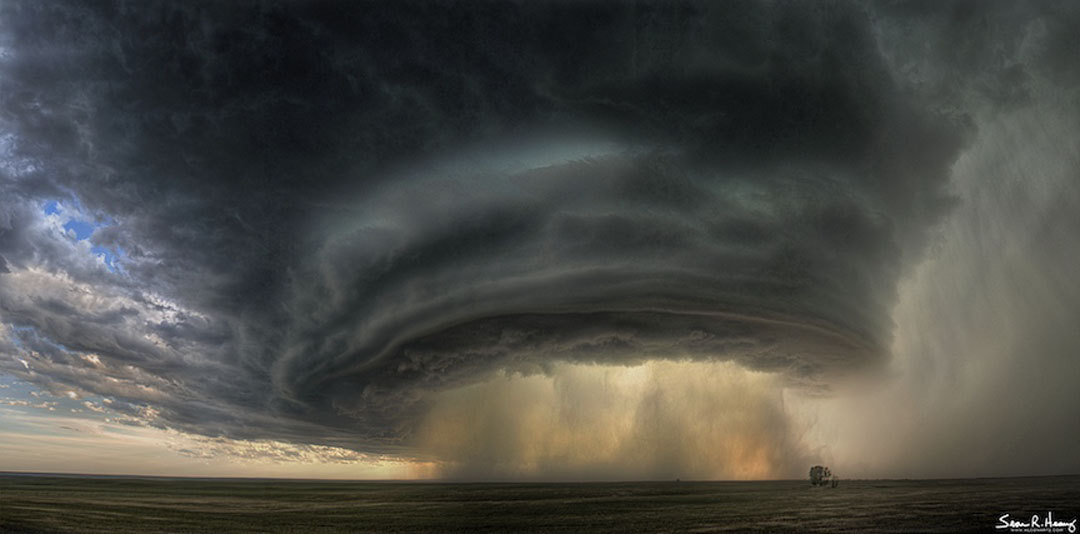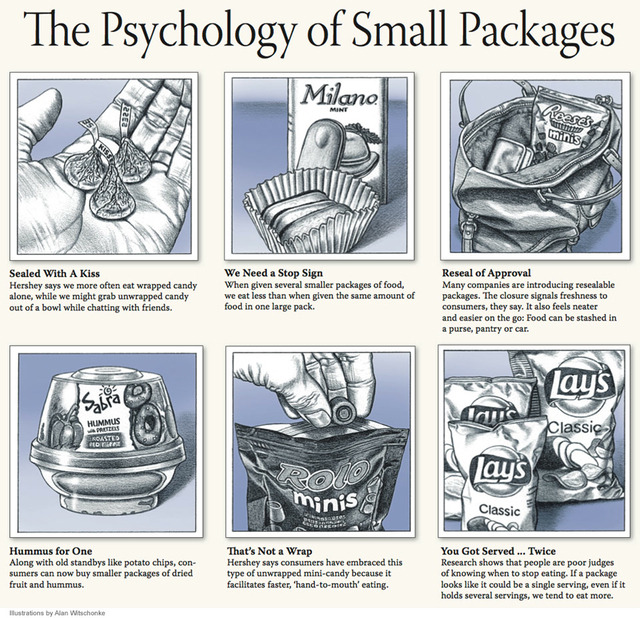Ever wondered why OutKast’s “Hey Ya!” can put a manic grin on your face? Or why Adele’s “Someone Like You” makes you sob like a baby?
In the latest episode of It’s Okay to be Smart, Joe Hanson takes to the streets of the live music capital of the world to test a recent hypothesis, which holds that our emotional relationship with music may be neurologically related to the perception of body language. Writes Hanson:
Humans are the only species we know that creates and communicate using music, but it’s still unclear how or why we do that, brain-wise. Is it just a lucky side effect of evolution, like Steven Pinker says? Or is it a deeper part of our evolutionary history, as people like Mark Changizi and Daniel Levitin argue?
Some brand new evolutionary psychology research says that we may read emotion in music because it relates to how we sense emotion in people’s movements. We’ll take a trip from Austin to Dartmouth to Cambodia to hear why music makes us feel so many feels. The connections between movement and music go far beyond dance moves!





